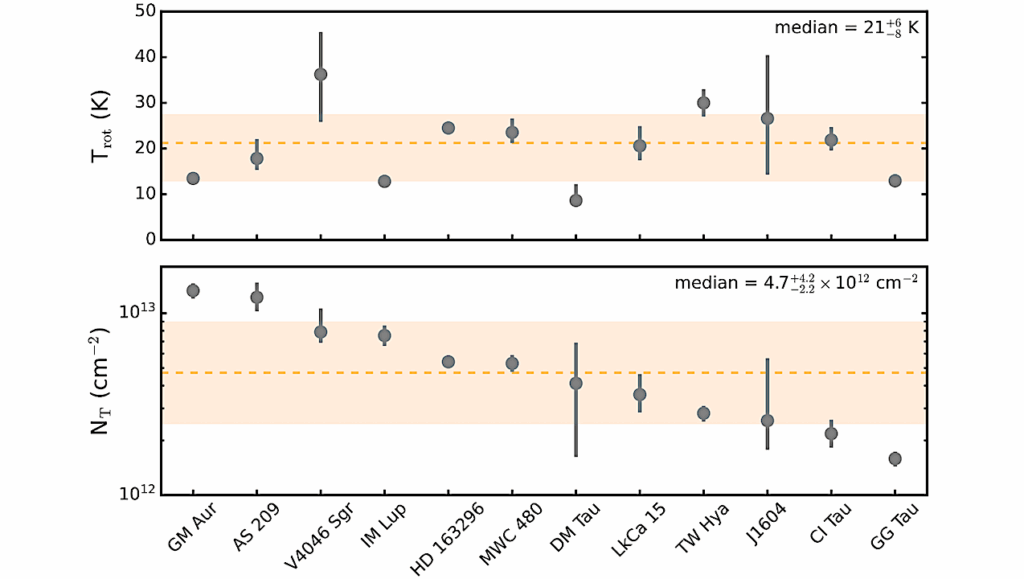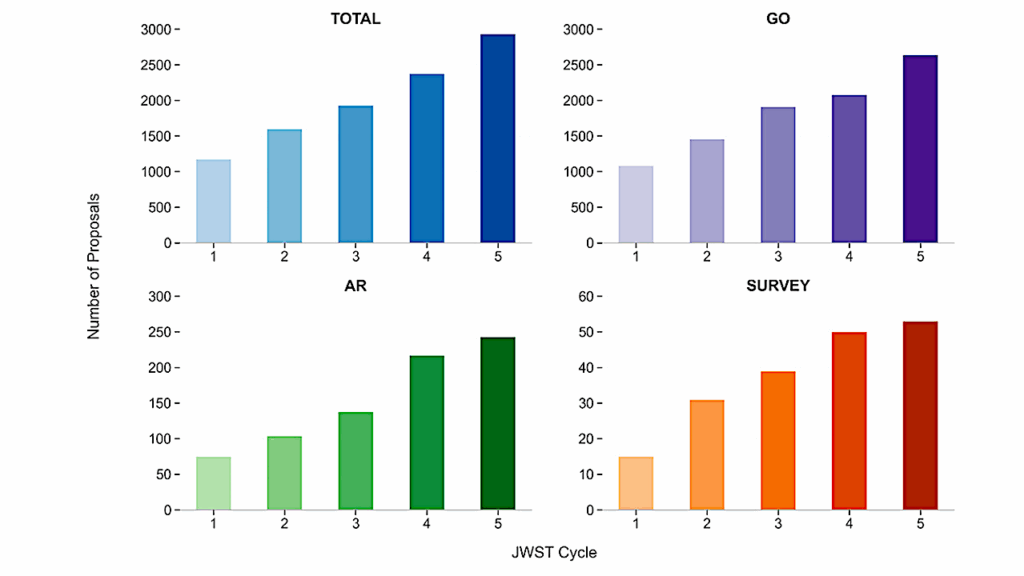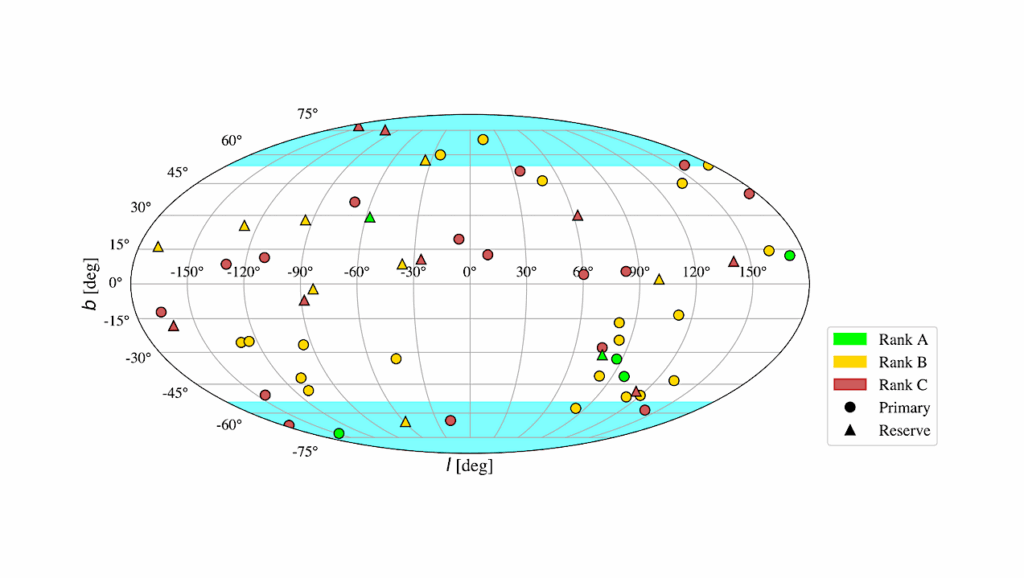Planet Packing in Circumbinary Systems

The recent discovery of planets orbiting main sequence binaries will provide crucial constraints for theories of binary and planet formation.
The formation pathway for these planets is complicated by uncertainties in the formation mechanism of the host stars. In this paper, we compare the dynamical states of single and binary star planetary systems. Specifically, we pose two questions: (1) What does it mean for a circumbinary system to be dynamically packed? (2) How many systems are required to differentiate between a population of packed or sparse planets?
We determine when circumbinary systems become dynamically unstable as a function of the separation between the host-stars and the inner planet, and the first and second planets. We show that these represent unique stability constraints compared to single-star systems.
We find that although the existing Kepler data is insufficient to distinguish between a population of packed or sparse circumbinary systems, a more thorough study of circumbinary TTVs combined with an order of magnitude increase in the number of systems may prove conclusive. Future space missions such as TESS provide the best opportunity for increasing the sample size.
Kaitlin M. Kratter (CU/JILA), Andrew Shannon (IoA) (Submitted on 12 Nov 2013)
Comments: 9 pages, 7 figures, accepted for publication in MNRAS
Subjects: Earth and Planetary Astrophysics (astro-ph.EP); Solar and Stellar Astrophysics (astro-ph.SR)
Cite as: arXiv:1311.2942 [astro-ph.EP] (or arXiv:1311.2942v1 [astro-ph.EP] for this version)
Submission history From: Kaitlin Kratter [v1] Tue, 12 Nov 2013 21:00:11 GMT (705kb,D)








